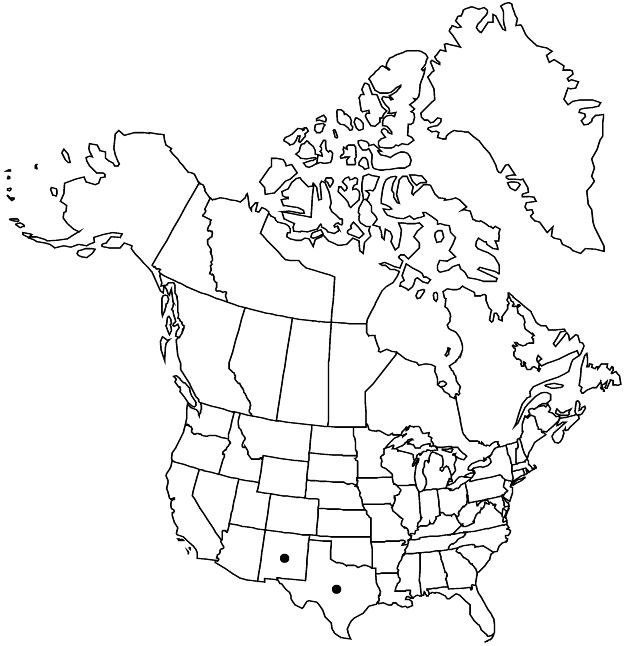Difference between revisions of "Croton dioicus"
Icon. 1: 4, plate 6. 1791. (as dioicum)
FNA>Volume Importer |
imported>Volume Importer |
||
| (3 intermediate revisions by 2 users not shown) | |||
| Line 6: | Line 6: | ||
|place=1: 4, plate 6. 1791 | |place=1: 4, plate 6. 1791 | ||
|year=1791 | |year=1791 | ||
| + | |other_info_on_pub=(as dioicum) | ||
}} | }} | ||
|common_names=Grassland croton;hierba del gato;rosval;rubaldo | |common_names=Grassland croton;hierba del gato;rosval;rubaldo | ||
| Line 12: | Line 13: | ||
|name=Croton elaeagnifolius | |name=Croton elaeagnifolius | ||
|authority=Vahl | |authority=Vahl | ||
| + | |rank=species | ||
}} {{Treatment/ID/Synonym | }} {{Treatment/ID/Synonym | ||
|name=C. gracilis | |name=C. gracilis | ||
|authority=Kunth | |authority=Kunth | ||
| + | |rank=species | ||
}} {{Treatment/ID/Synonym | }} {{Treatment/ID/Synonym | ||
|name=C. neomexicanus | |name=C. neomexicanus | ||
|authority=Müller Arg. | |authority=Müller Arg. | ||
| + | |rank=species | ||
}} {{Treatment/ID/Synonym | }} {{Treatment/ID/Synonym | ||
|name=C. vulpinus | |name=C. vulpinus | ||
|authority=Sessé & Mociño | |authority=Sessé & Mociño | ||
| + | |rank=species | ||
}} | }} | ||
|hierarchy=Euphorbiaceae;Croton;Croton dioicus | |hierarchy=Euphorbiaceae;Croton;Croton dioicus | ||
| Line 44: | Line 49: | ||
-->{{#Taxon: | -->{{#Taxon: | ||
name=Croton dioicus | name=Croton dioicus | ||
| − | |||
|authority=Cavanilles | |authority=Cavanilles | ||
|rank=species | |rank=species | ||
| Line 59: | Line 63: | ||
|publication year=1791 | |publication year=1791 | ||
|special status= | |special status= | ||
| − | |source xml=https:// | + | |source xml=https://bitbucket.org/aafc-mbb/fna-data-curation/src/2e0870ddd59836b60bcf96646a41e87ea5a5943a/coarse_grained_fna_xml/V12/V12_891.xml |
|genus=Croton | |genus=Croton | ||
|species=Croton dioicus | |species=Croton dioicus | ||
Latest revision as of 19:18, 5 November 2020
Subshrubs, 2–5(–9) dm, dioecious. Stems well-branched from base, stellate-lepidote. Leaves not clustered; stipules rudimentary or absent; petiole 0.2–0.8(–2) cm, usually less than 1/2 blade length, glands absent at apex; blade narrowly elliptic-ovate to lanceolate, 1–6.5 × 0.6–2.2 cm, usually less than 1/2 as wide as long, base rounded, margins entire, apex acute to rounded, abaxial surface pale green, densely silvery lepidote or stellate-lepidote, adaxial surface darker green, less densely lepidote. Inflorescences unisexual, racemes; staminate 2–8 cm, flowers 4–16; pistillate 0.5–1 cm, flowers 2–5. Pedicels: staminate 1–4 mm, pistillate 2–5 mm. Staminate flowers: sepals 5, 1 mm, abaxial surface lepidote; petals 0; stamens 10–12. Pistillate flowers: sepals 5, equal, 1.5–2 mm, margins entire, apex straight to slightly incurved, abaxial surface stellate-lepidote; petals 0; ovary 3-locular; styles 3, 0.5–1.5 mm, 2–3 times 2-fid, terminal segments 12–24. Capsules 5–6 mm diam., smooth; columella 3-winged. Seeds 3.5–5 × 3–4 mm, shiny or dull. 2n = 28, 56.
Phenology: Flowering Mar–Nov.
Habitat: Limestone and igneous mountains, canyons, mesas, flats, disturbed areas.
Elevation: 30–2000 m.
Distribution

N.Mex., Tex., Mexico.
Discussion
Selected References
None.